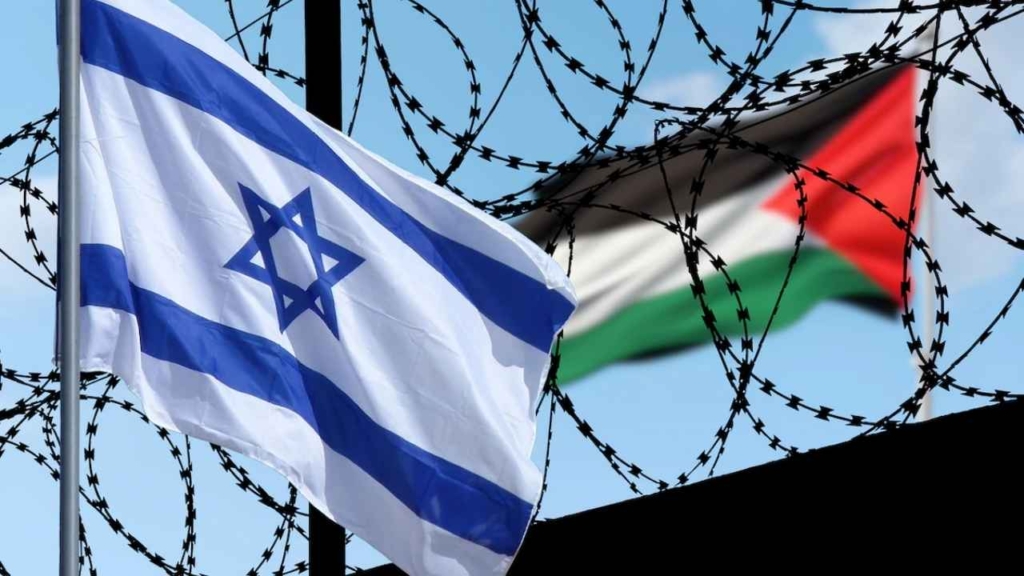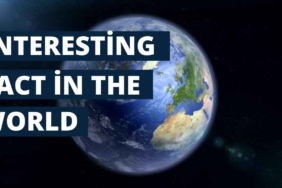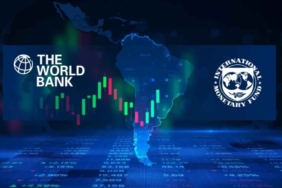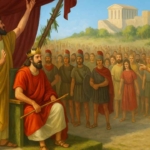The ongoing Israel-Palestine conflict remains one of the most complex and prolonged territorial disputes in modern history. Understanding its roots and current events is crucial for grasping its significance on a global scale.
What is the Israel-Palestine Conflict?
The Israel-Palestine conflict centers around claims to land and sovereignty between two major ethnic groups: the Jewish Israelites and the Palestinians. The situation has escalated into a conflict marked by military engagements, civilian suffering, and political deadlock.
Who are the Key Parties Involved?
The primary actors in this conflict include:
- The State of Israel: Established in 1948, Israel is a nation-state primarily for the Jewish people.
- The Palestinian Authority: Represents Palestinian interests and aims to establish an independent state in the West Bank and Gaza Strip.
- Hamas: A militant group that governs the Gaza Strip and opposes Israel’s right to exist.
When Did the Conflict Begin?
While the roots of the conflict stretch back to the late 19th century, the situation escalated after the 1948 Arab-Israeli War, which led to the establishment of Israel. Subsequently, various wars and uprisings, such as the Six-Day War in 1967 and the First Intifada in the late 1980s, further intensified hostilities.
Recent Timeline of Events
| Date | Event |
|---|---|
| July 2021 | Escalation of violence in Gaza leading to military confrontations. |
| May 2022 | Protests in response to potential Israeli actions in contested areas. |
| September 2023 | Continued negotiations have shown minimal progress. |
Where Does International Support Stand?
International involvement in the conflict varies widely:
- The United States: Traditionally a strong ally of Israel, providing military aid and political support.
- European Union: Advocates for a two-state solution but also criticizes settlement expansions.
- Arab Nations: Many Arab countries support Palestinian rights, though ties with Israel have recently normalized for some.
How Is the Situation Currently Evolving?
As of October 2023, the situation remains tense. Military clashes continue sporadically, and humanitarian conditions in both regions remain dire. Meanwhile, peace talks have stalled, with mutual distrust hindering progress.
Conclusion: The Ongoing Challenge of Peace
The Israel-Palestine conflict is far from resolution, with deep-rooted historical grievances and current political complexities fueling the cycle of violence. Despite various attempts at peace, the prospect of a lasting settlement seems elusive. Understanding the factors at play is essential for anyone wishing to comprehend international diplomacy and regional stability.














